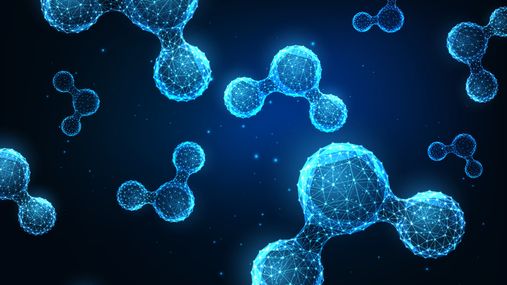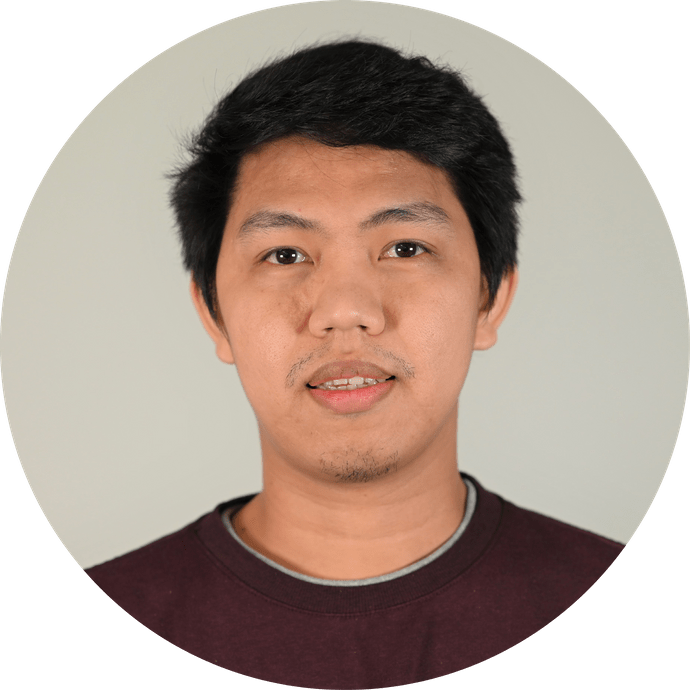PhD candidate
Research group | CONDPHYS, NJORD
Main supervisor | Anders Malthe-Sørenssen
Co-supervisor | Henrik Andersen Sveinsson
Affiliation | Department of Physics, UiO
Contact | a.v.camposano@fys.uio.no
Short bio
I took my undergraduate degree from 2009 to 2014 at the University of San Carlos (Cebu, Philippines). For my thesis, I studied the spectrum of water clusters (H2O)n using density functional theory in ADF-SCM software. In 2015-2017 I was a research assistant under the PhilLidar project that aims to map the natural resources in the Philippines. To do this, we use machine learning tools to extract the appropriate hydrological resources from remote sensing data. From 2017 to 2020, I took my master's degree in the same university. I studied one-dimensional nanostructures using density functional theory in combination with superfield theory.
Currently, I'm a Ph.D. Research Fellow at the University of Oslo. I’ll be working under the project "Machine-learning-based molecular modelling of nanoscale geological processes".
Research interests and hobbies
My research interests are centered around the following topics: computational physics, complex system, condensed matter physics.
I spend my leisure time reading books and learning web development. I also like leisure walking and hiking.
CompSci project

Machine-learning-based molecular modelling of nanoscale geological processes
Geological processes shape the earth, erect mountains and shatter the crust during earthquakes. Many geological processes ultimately involve details at the nanoscale. For example, in reactions where rocks expand in the presence of water, atomic scale details may determine whether water can make it to the reaction site, or whether the reaction is shut off.
In this project, we will use machine learning to tailor models to specific nanoscale geological processes. We will traverse the traditionally infeasible parameter spaces of interatomic force fields and adapt them to the problem at hand. For example, if we want to investigate the properties of a water film between silica surfaces at extreme pressures, we train the potential to describe just that, using potentially both empirical and more fundamental calculated properties.
I will learn to use machine learning for optimizing interatomic force fields. I will also learn to run high-throughput atomistic simulations to incrementally improve simulations and analyses using various machine learning techniques. These skills are useful both in an academic and an industrial setting.
The project may include collaborations with the Center for Advanced Computing and Simulations at University of Southern California.
Publications
CompSci publications
None yet.
Previous publications
None yet.

